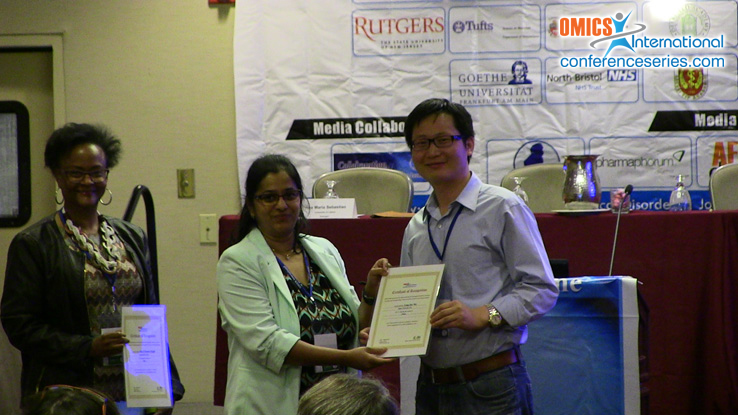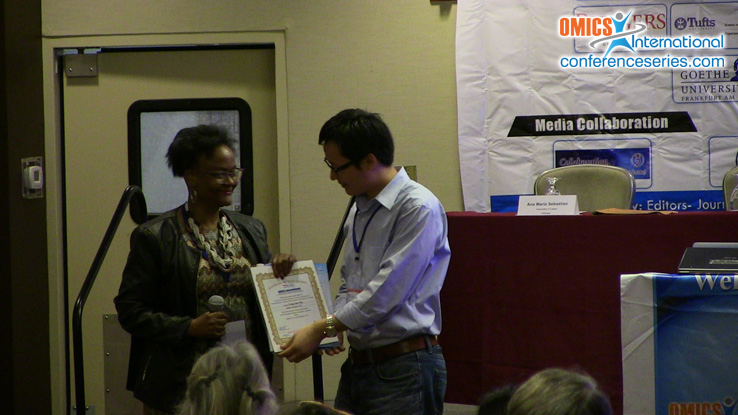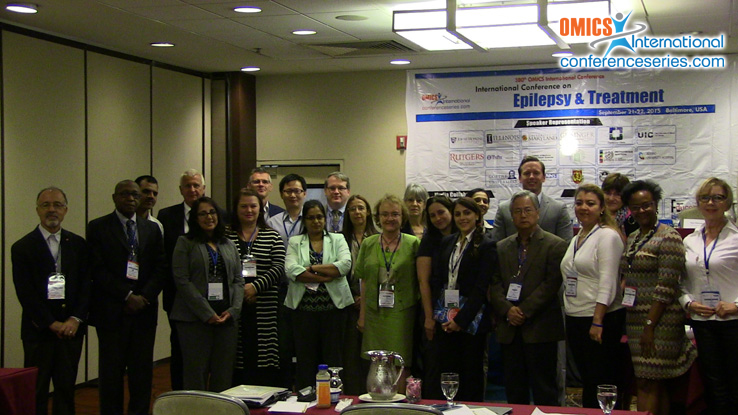
Biography
Biography: Long Jun Wu
Abstract
Epilepsy represents a neurological disorder that can manifest in uncontrolled seizures in patients. Microglia are exquisitely sensitive to disruptions in the central nervous system. Since epilepsy is characterized by neuronal hyperactivity rooted in excessive glutamate release and ionic imbalance, it is conceivable that microglia respond to and regulate neuronal activities during the pathology. Here, we found an increased number of microglial primary processes in the hippocampus during kainic acid-induced seizure activity. Consistently, global glutamate induced robust microglial process extension (MPE) towards neurons making increased contact with neurons in both brain slices and in the intact brain in vivo. The mechanism of the glutamate-induced MPE involves the activation of neuronal NMDA receptors, calcium influx, subsequent ATP release, and microglial response through P2Y12 receptors. In addition, we serendipitously found that extracellular Ca2+ reduction induced microglial processes to converge at distinct sites, a phenomena we termed microglial process convergence (MPC). Our studies revealed that MPC occur independent of astrocytic functions and are not directed towards astrocytes but target neuronal dendrites. Similar to glutamate-induced MPE, extracellular Ca2+-dependent MPC is also mediated by ATP and microglial P2Y12 receptor. Finally, we found that P2Y12 knockout mice exhibited reduced seizure-induced increases in microglial process numbers and worsened kainic acid-induced seizure behaviors. These studies are the first to investigate the microglial dynamics and discovered MPE and MPC during acute epilepsy. Our results elucidate the molecular mechanisms underlying microglia-neuron communication that may be potentially neuroprotective in the epileptic brain. Studying microglia-neuron communication in epilepsy informs the development of novel therapies targeting microglia in the treatment of epilepsy.




